'After Dark' at the Welsh Ornithological Society Annual Conference 2022
'After Dark' at the Welsh Ornithological Society Annual Conference 2022
09 Nov 2022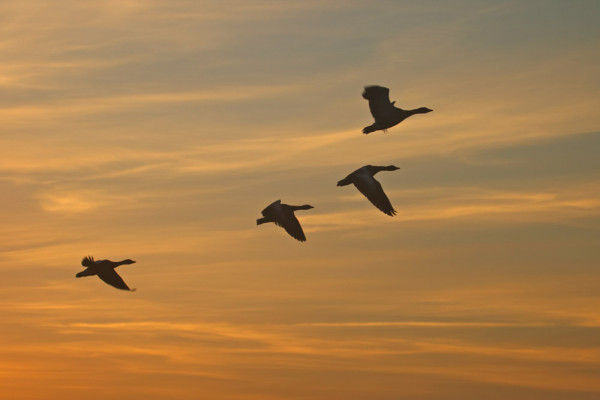
The Welsh Ornithological Society (WOS) annual conference is a collaboration with BTO and RSPB, and brings together birdwatchers and ornithologists from across Wales. This year's gathering was met with much celebration; after many suspended and online events due to COVID-19, it was the first in-person WOS conference for several years.
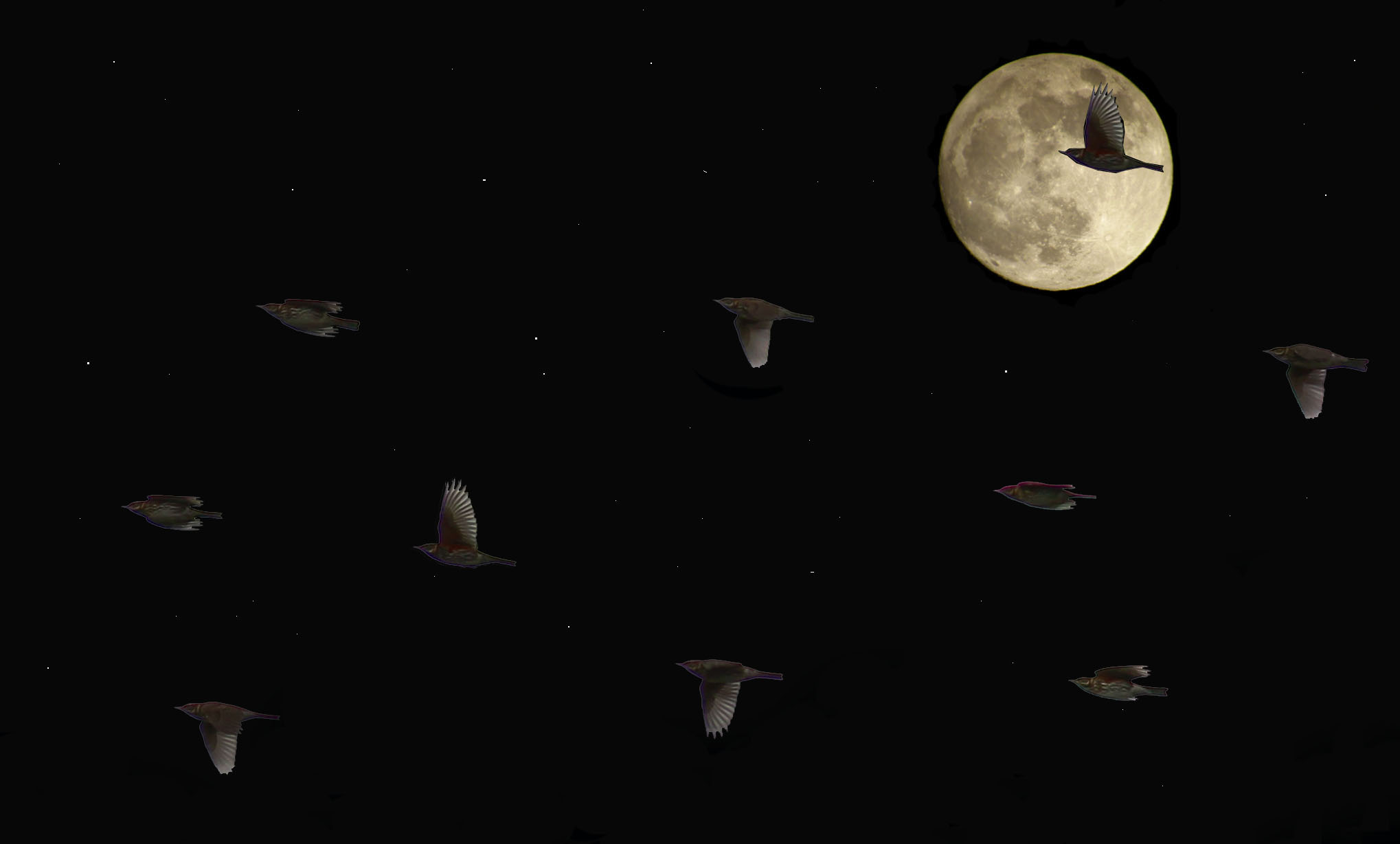
Nocmig: a beginner's guide
Jonathan Heath, BTO Young Birder, explains how nocmigging is changing the way he views the birds around him.
This year's conference theme was 'After Dark', exploring the world of birds and bird research which takes place after night has fallen.
BTO's Principal Data Scientist Simon Gillings gave a talk on nocturnal bird migration (known to many as 'nocmig') – recording and identifying the calls of migrating birds as they pass overhead at night. This is a captivating but potentially baffling area of ornithology for those new to the field, and Simon has been at the forefront of making it more accessible for several years.
Nocturnal migration is a common but often overlooked phenomenon – roughly 80% of our summer migrants are nocturnal migrants. Simon's own work on nocturnal migration involves detecting species flying over his Cambridge garden at night, and collating this information; this allows him to examine the timing of migration for different species and add county records of under-recorded species. At BTO, he works with the BTO Acoustic Pipeline project to leverage the automated processing of audio recordings and improve our ability to monitor cryptic birds, bats, small mammals and insects.
Nocmigging in a Cambridge garden
Simon has recorded many surprising species from his garden in Cambridge. You can discover more of his work recording nocturnal calls on his xeno-canto profile.
BTO have a key spot for speakers, and we were not disappointed in Simon's talk on Nocmig. I am sure it will have a few more people taking part in Wales! He showed that it is not a dark art after all, but something that most people can enjoy.Kelvin Jones, BTO Cymru Development Coordinator
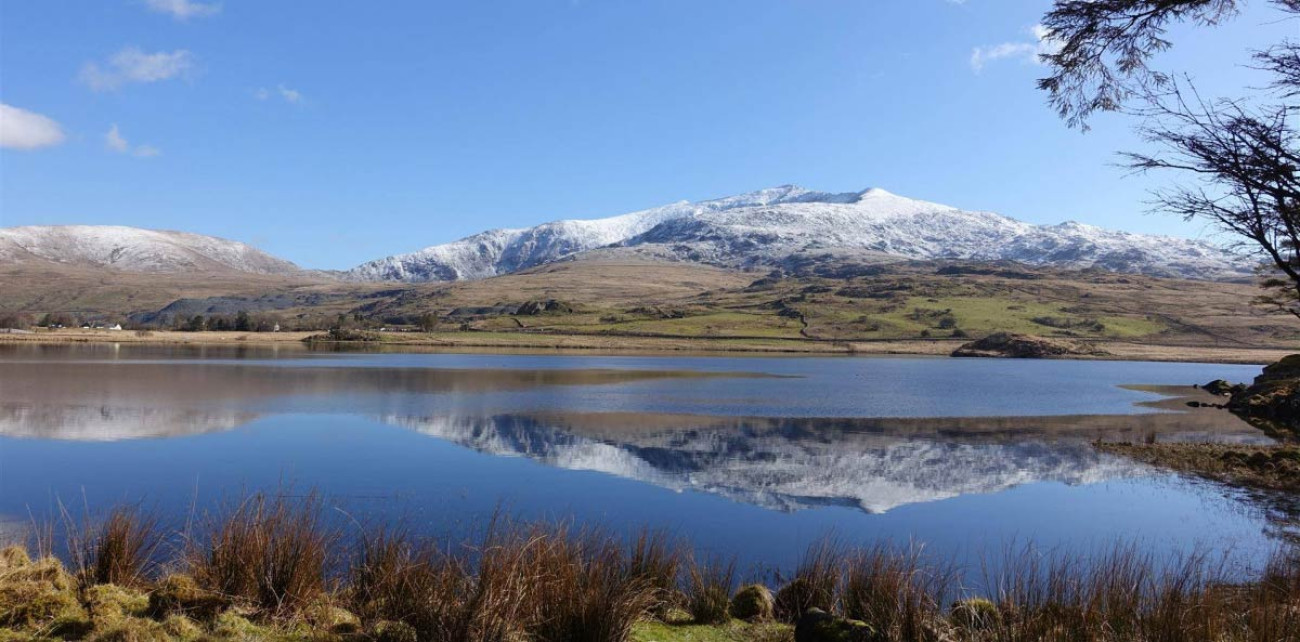
Discover BTO Cymru
Meet the BTO Cymru team, find out how to get involved and learn more about the work we do in Wales.
BTO Cyrmu's Development Coordinator Kelvin Jones delivered an update on BTO's latest work in Wales. This included BTO's expanded monitoring responsibility for the UK's wintering geese and swan populations in an exciting development of the Goose and Swan Monitoring Programme. This suite of surveys is now managed by BTO, in partnership with the Joint Nature Conservation Committee (JNCC) and NatureScot (NS). For many of these goose and swan populations, the entire population relies on UK wetlands during the non-breeding season. With uncertainty ahead for these birds – including the as-yet unknown impacts of avian influenza, increasing land use conflicts and climate change – the new partnership will ensure the future of monitoring.
Kelvin also spoke about BTO's work as a partner in the ECHOES Project (Effect of climate change on bird habitats around the Irish Sea), which seeks to address how climate change will impact coastal bird habitats of the Irish Sea. BTO has been tracking wintering Curlews in Wales to increase our understanding of their preferred feeding habitats.

The WOS conference was a great opportunity to finally put some names to faces and meet many of the important players in Welsh ornithology. With everyone gathered in one place, it was also a chance to exchange field kit with colleagues on our major projects - I came home a goose tag lighter, but with 17 new Curlew tags!Callum Mcgregor, BTO Cymru Research Ecologist
Welsh Ornithological Society
The Welsh Ornithological Society is the national body which aims to unify birdwatchers and ornithologists across the whole of Wales.
Other talks covered topics including:
- Nocturnal wader ringing (Tony Cross, ornithological fieldworker in Wales)
- Owls and conservation in the community (Danielle Rouse, WOS Council member, author and manager of Tadorna Wildlife),
- How modern technology is elucidating the mysterious world of Storm Petrels after dark (Rob Thomas, Cardiff University researcher and teacher)
- Manx Shearwater migration mechanisms (Oliver Padget, D.Phil. student at Oxford University)
- Reducing the risk of collisions at offshore wind farms (Sean Sweeney, Associate Director and Head of Ornithology at the consultancy APEM Ltd)
- Updates from the RSPB (Neil Lambert, RSPB Cymru representative in WOS and Head of Conservation Management at RSPB)

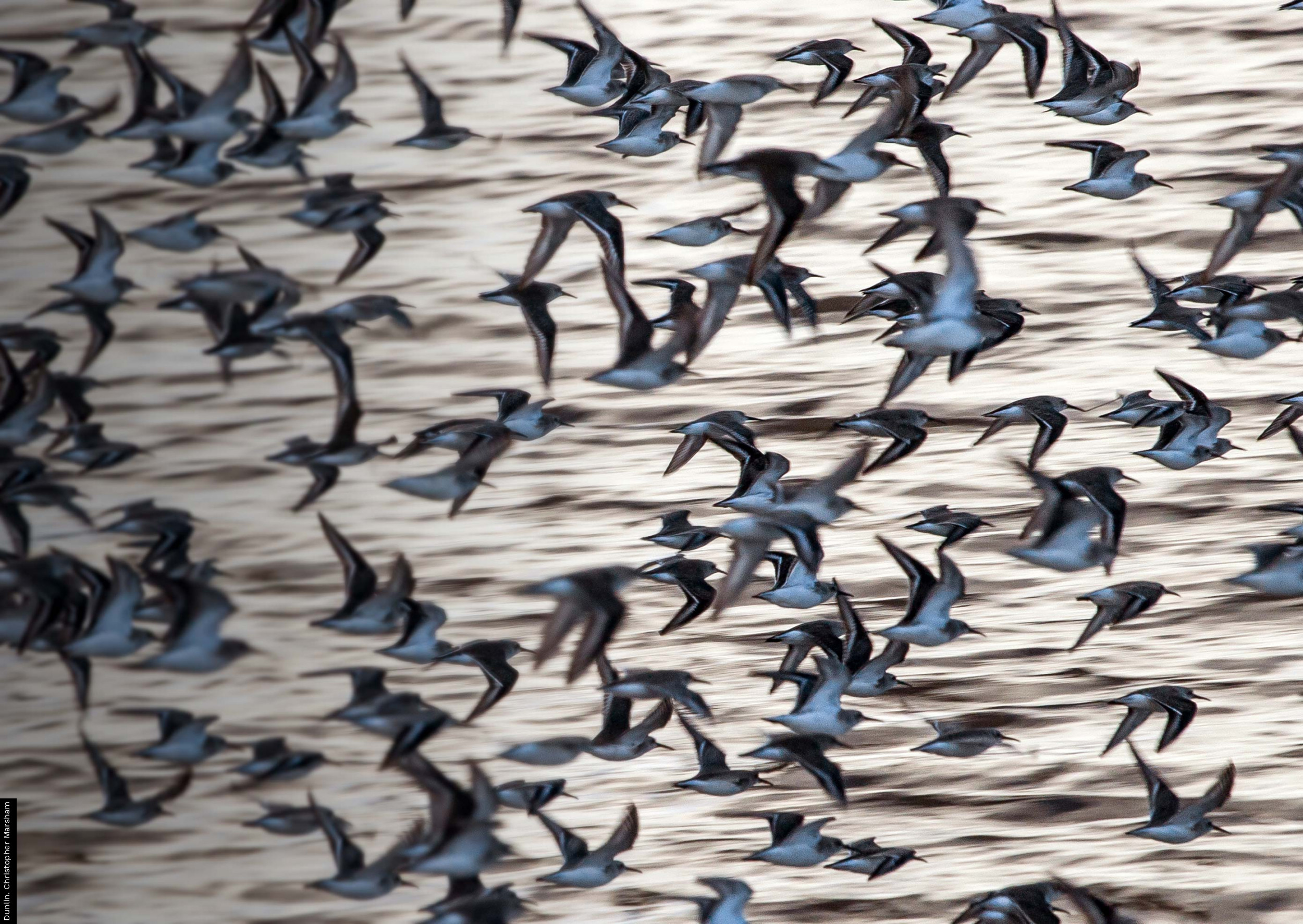
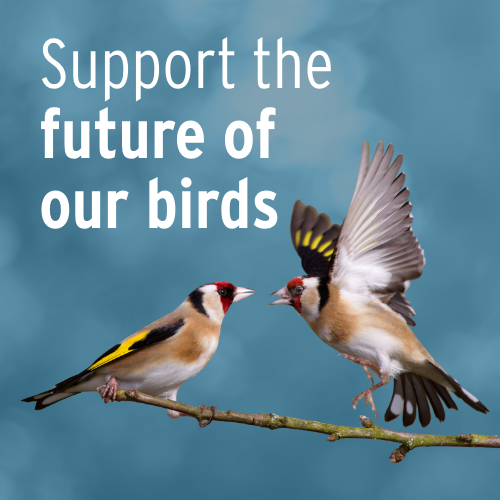








Share this page